Selecting the right battery for your electric winch is crucial for optimal performance and longevity. Whether you’re using your winch for off-road adventures.
Understanding the power needs and battery specifications will ensure you’re never left stranded.
Let’s dive into the essential factors to consider when choosing a battery for your winch.
Understanding Electric Winch Power Needs
Voltage Requirements: 12V vs. 24V Winches
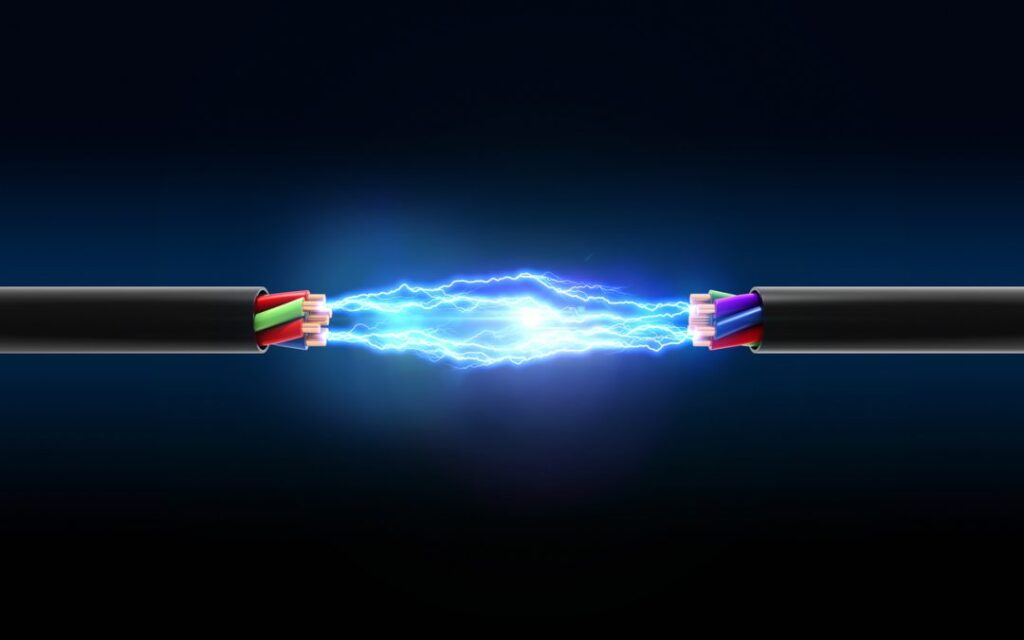
When it comes to electric winches, one of the first things to consider is the voltage requirement. Electric winches typically come in two main voltage options: 12V and 24V.
12V Winches:
- Standard for Consumer Vehicles: Most consumer vehicles, like trucks, SUVs, and off-road vehicles, are equipped with 12V electrical systems. A 12V winch is designed to match these systems.
- Light-Duty Applications: These winches are ideal for light-duty tasks, such as pulling small to medium-sized loads. They are commonly used for recreational off-roading, vehicle recovery, and general utility purposes.
- Compatibility: Since 12V winches align with the standard automotive battery systems, they are easier to install and more widely compatible with various vehicles.
24V Winches:
- More Power for Heavier Tasks: A 24V winch is used for more demanding scenarios where more power is needed. This higher voltage allows the winch to handle larger loads and more strenuous tasks.
- Commercial and Heavy-Duty Applications: These winches are often found in commercial settings, on heavy-duty trucks, and in industrial applications. They are suitable for pulling very heavy loads, such as large vehicles, construction equipment, and other substantial items.
- Vehicle’s Electrical System: Using a 24V winch typically requires a vehicle with a compatible 24V electrical system. This might involve dual battery setups or vehicles specifically designed for heavy-duty tasks.
Choosing the Right Voltage:
- Assess Your Needs: Determine the typical weight and frequency of the loads you’ll be pulling. For lighter, less frequent tasks, a 12V winch will suffice. For heavier, regular use, a 24V winch is a better option.
- Vehicle Compatibility: Ensure your vehicle’s electrical system matches the winch voltage requirement. This might involve additional modifications or equipment if your vehicle is not initially compatible.
Amperage Draw and Its Significance
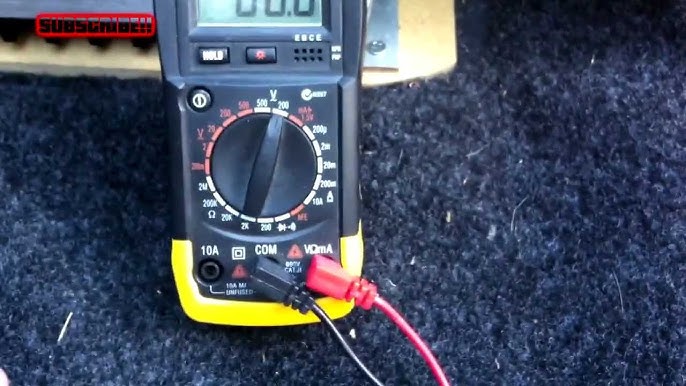
Another critical aspect to understand when selecting a winch and its corresponding battery is the amperage draw.
Amperage Draw Defined:
- Current Consumption: Amperage draw refers to the amount of electrical current the winch pulls from the battery during operation. It is measured in amps (A).
- Power Consumption: The higher the amperage draw, the more power the winch consumes. This directly impacts the battery’s performance, lifespan, and overall efficiency.
Significance of Amperage Draw:
- Battery Performance: A high amperage draw can quickly deplete the battery, reducing the available power for other electrical systems in your vehicle. It can also shorten the battery’s lifespan if the battery is not designed to handle such loads.
- Winch Efficiency: Understanding the amperage draw is essential for ensuring that the battery can provide a consistent and reliable power supply. A mismatch can lead to inadequate winch performance, overheating, or even failure during critical operations.
- Choosing a Compatible Battery: To ensure optimal performance, choose a battery that can handle the winch’s amperage draw. This means selecting a battery with a sufficient amp-hour (Ah) rating and cold cranking amps (CCA) to meet the demands of the winch.
Key Considerations:
- Check Winch Specifications: Always refer to the winch manufacturer’s specifications for the expected amperage draw. This information will guide you in selecting a compatible battery.
- Monitor Battery Load: Regularly monitor the battery load and health, especially during heavy winch use, to avoid unexpected power failures.
- Upgrade if Necessary: If your winch frequently draws high amperage, consider upgrading to a more robust battery or using a dual battery setup to distribute the load.
Key Factors in Determining Battery Size
Winch Power Rating (Horsepower or Watts)
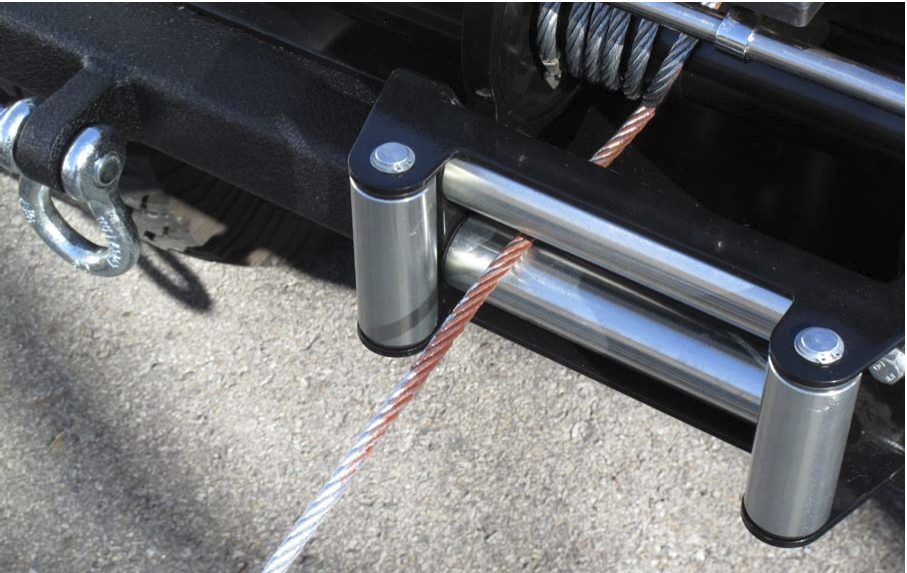
The power rating of your winch is a fundamental factor in determining the right battery size. This rating is usually given in either horsepower (HP) or watts (W). Here’s why it matters:
Energy Requirement:
- Higher Power Demand: A winch with a higher power rating requires more energy to operate effectively. This means it draws more current from the battery.
- Consistent Performance: To maintain consistent performance, especially under heavy loads, the battery needs to supply sufficient power without interruption. A higher-rated winch will need a battery that can match its power requirements.
Avoiding Overheating and Power Loss:
- Adequate Battery Size: Using a battery that is too small for your winch can lead to overheating, voltage drops, and power loss. This not only affects winch performance but can also damage the battery and the winch over time.
- Optimal Operation: A correctly sized battery ensures that the winch operates smoothly and efficiently, providing the necessary power without straining the battery.
Line Pull Capacity
Line pull capacity is another critical factor. It refers to the maximum weight your winch can handle. Here’s why it’s important:
Power Needs for Heavier Loads:
- Increased Power Draw: Heavier loads require more power to pull. This means the winch will draw more current from the battery during these operations.
- Larger Battery Requirement: To handle these higher power demands, you need a larger battery with a higher amp-hour (Ah) rating. This ensures that the battery can support the winch’s maximum line pull capacity without experiencing significant voltage drops or excessive discharge.
Ensuring Adequate Support:
- Battery Compatibility: Make sure the battery you choose can provide the necessary power for the maximum load your winch is rated to pull. This avoids performance issues and ensures the winch can handle tough jobs when needed.
- Preventing Discharge Issues: A battery that’s too small may discharge too quickly under heavy loads, leading to interruptions and potential damage to both the battery and winch.
Duty Cycle and Expected Usage
The duty cycle of a winch indicates how long it can operate at full load before needing a rest period. This is crucial for determining battery size because:
Impact of Frequent Use:
- Higher Demand on Battery: If you use your winch frequently or for prolonged periods, it increases the demand on the battery. This frequent use can lead to quicker battery discharge.
- High Amp-Hour Rating: For frequent or prolonged winching, a battery with a high amp-hour (Ah) rating is essential. This ensures the battery can sustain longer operating periods without needing frequent recharging.
Balancing Power Supply and Usage:
- Duty Cycle Consideration: A winch with a high duty cycle requires a battery that can match its operational demands. This balance helps prevent overheating and extends the life of both the winch and the battery.
- Expected Usage: If you expect to use the winch for heavy-duty applications regularly, invest in a battery that can handle this usage pattern. This investment ensures reliable performance and reduces the risk of power-related failures.
Battery Specifications to Consider
Amp-Hour (Ah) Rating Explained
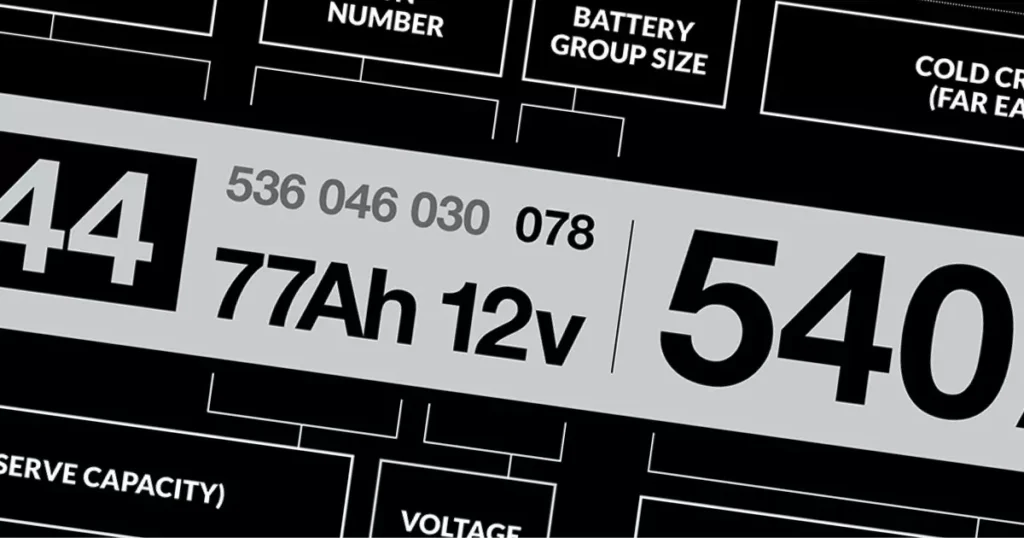
The amp-hour (Ah) rating of a battery is a measure of its capacity to provide a certain amount of current over a specific period.
This is crucial for understanding how long your winch can operate before the battery needs recharging.
Key Points:
- Energy Storage: A higher Ah rating means the battery can store more energy. This is beneficial for winching, as it allows the winch to run for longer periods without the battery losing power.
- Longer Operation Times: For tasks that require extended winch use, such as off-road recovery or heavy-duty pulling, a battery with a high Ah rating ensures that you can complete your task without frequent interruptions for recharging.
Cold Cranking Amps (CCA) and Its Relevance
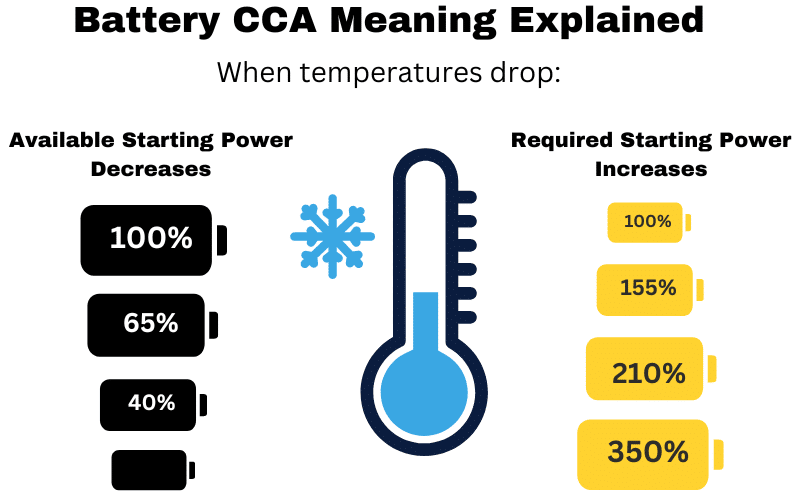
Cold Cranking Amps (CCA) measure a battery’s ability to start an engine in cold temperatures. While this specification is primarily important for starting engines, it also has relevance for winching.
Key Points:
- High Current Delivery: A high CCA rating indicates that the battery can deliver a large amount of current quickly. This is essential for winch operations, especially when dealing with heavy loads or when operating in cold environments where battery efficiency can drop.
- Reliable Performance in Cold Weather: In cold conditions, batteries can struggle to provide sufficient power. A high CCA rating ensures that your winch will perform reliably even in lower temperatures, which is particularly important for those using winches in off-road or emergency recovery situations.
Deep Cycle vs. Starting Batteries
When choosing a battery for your winch, it’s important to understand the difference between deep cycle and starting batteries, as each type is designed for different applications.
Deep Cycle Batteries:
- Steady Current Over Time: Deep cycle batteries are designed to provide a steady amount of current over a long period. This makes them ideal for winching, where sustained power is often needed.
- Frequent Discharge and Recharge: These batteries are built to withstand frequent cycles of discharging and recharging, which aligns well with the typical usage patterns of winches.
Starting Batteries:
- Short Bursts of Energy: Starting batteries are designed to deliver a large burst of energy quickly to start an engine. While they can provide high current initially, they are not meant for prolonged power delivery.
- Engine Starting: These are more suited for starting vehicles and are not ideal for winching, which requires sustained power.
Recommendation:
- Opt for Deep Cycle: For winching applications, a deep cycle battery is generally recommended due to its ability to provide steady power over extended periods and its durability in handling frequent discharge and recharge cycles.
What Size Battery for Electric Winch
Small Winches (Up to 2,500 lbs)
For small winches that handle loads up to 2,500 pounds, you don’t need a massive battery. A battery with a capacity of 50-60 amp-hours (Ah) and a moderate Cold Cranking Amps (CCA) rating is usually sufficient.
These batteries are compact and provide enough power for light-duty tasks, such as pulling small vehicles or equipment.
They are ideal for occasional use and ensure that your winch operates efficiently without being overly bulky or heavy.
Medium Winches (2,500 – 5,000 lbs)
Medium winches, which handle loads between 2,500 and 5,000 pounds, require a more robust battery setup. A battery with a capacity of around 75-100 Ah and a higher CCA rating is recommended.
This ensures that the winch can operate smoothly and efficiently without frequent interruptions.
These batteries provide the necessary power for moderate winching tasks, such as vehicle recovery or pulling larger equipment, making them suitable for more regular use.
Large Winches (5,000 – 10,000 lbs)
For larger winches that handle loads between 5,000 and 10,000 pounds, you’ll need an even more powerful battery. Opt for batteries with a capacity of 100-150 Ah and a high CCA rating.
These batteries are designed to handle the increased power demands and provide consistent performance for more demanding winching tasks.
They are ideal for heavy-duty use, such as towing large vehicles or equipment, and ensure that your winch operates reliably under significant loads.
Heavy-Duty Winches (10,000+ lbs)
Heavy-duty winches, which handle loads exceeding 10,000 pounds, require the most powerful batteries available. These batteries often exceed 150 Ah and have the highest possible CCA ratings.
They are designed to support the significant power draw and extended use required for heavy lifting and industrial applications.
These batteries ensure that your winch performs at its best, even under the most demanding conditions, making them essential for professional or industrial use.
Multiple Battery Setups
When to Consider Dual Battery Systems
If you frequently use your winch for heavy-duty tasks or in remote locations, a dual battery system can provide the additional power needed and ensure you’re never left without a charge. This setup also helps to balance the load and extend the life of both batteries.
Parallel vs. Series Connections
Connecting batteries in parallel increases the total capacity (Ah) while maintaining the same voltage, ideal for extended winching sessions.
In contrast, connecting in series increases the voltage, which can be useful for 24V winches but requires careful management to avoid overcharging or discharging issues.
Maintaining Your Winch Battery
Proper Charging Practices
Always use a charger compatible with your battery type to avoid damage and ensure efficient charging. Regularly check and maintain the charge levels, especially before long winching sessions.
Storage Tips
Store your batteries in a cool, dry place to prevent degradation. If storing for extended periods, ensure they are charged periodically to maintain health and performance.
Signs of Battery Degradation
Watch for signs like reduced charge capacity, slow charging, or visible damage. Replacing a degraded battery promptly ensures reliable winch operation and avoids potential damage to your winch.
Additional Considerations
Vehicle’s Electrical System Capacity
Ensure your vehicle’s electrical system can support the additional load of the winch and battery without overloading. Upgrading your vehicle’s alternator may be necessary to provide adequate charging and support.
Alternator Output and Its Impact
A high-output alternator can recharge your battery faster and more efficiently, ensuring your winch remains ready for use even after heavy operation.
Battery Box or Tray Requirements
Securely mount your battery in a robust battery box or tray to prevent movement and damage during off-road use or heavy winching tasks.
FAQ
Can I use my vehicle’s starting battery for the winch?
While you can use a starting battery, it’s not recommended for regular winching due to its design for short bursts of power rather than sustained use. A deep cycle battery is a better choice for winching.
How long will a fully charged battery run my winch?
The run time depends on the battery’s amp-hour rating and the winch’s power draw. Higher Ah ratings and lower power draw extend the run time.
Do I need a special charger for my winch battery?
Yes, using a charger designed for your battery type ensures efficient charging and prolongs battery life. Always check the manufacturer’s recommendations for the best results.
Conclusion
Choosing the right battery for your electric winch involves understanding your power needs, considering key specifications, and maintaining the battery properly.
With the right battery, your winch will perform reliably, ensuring you’re always ready for any task or adventure.

